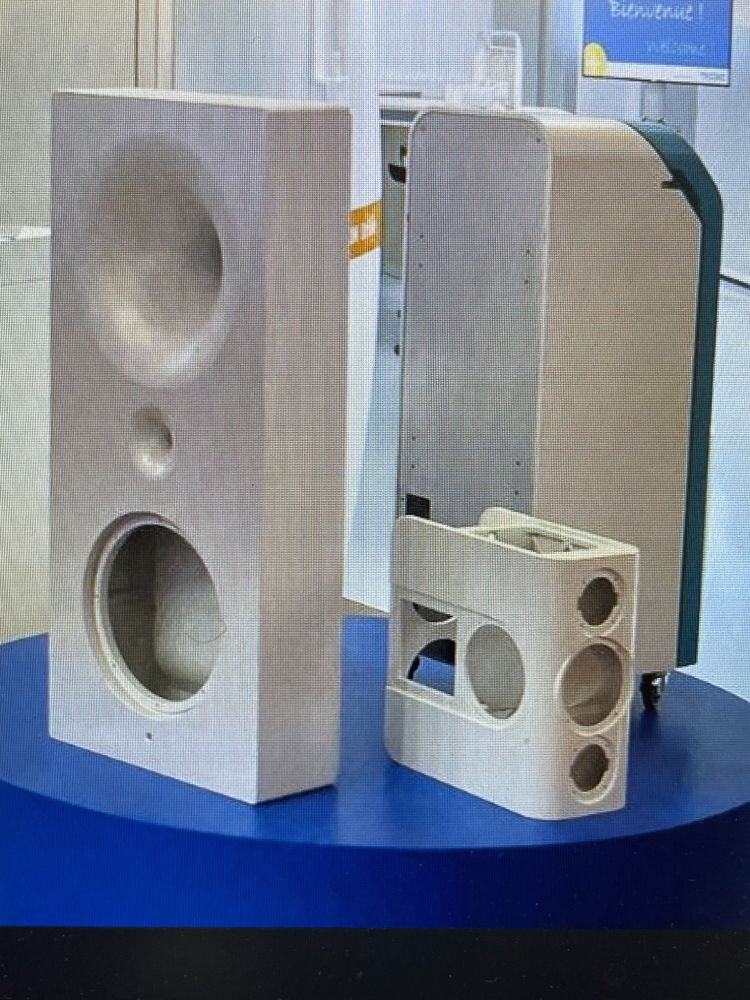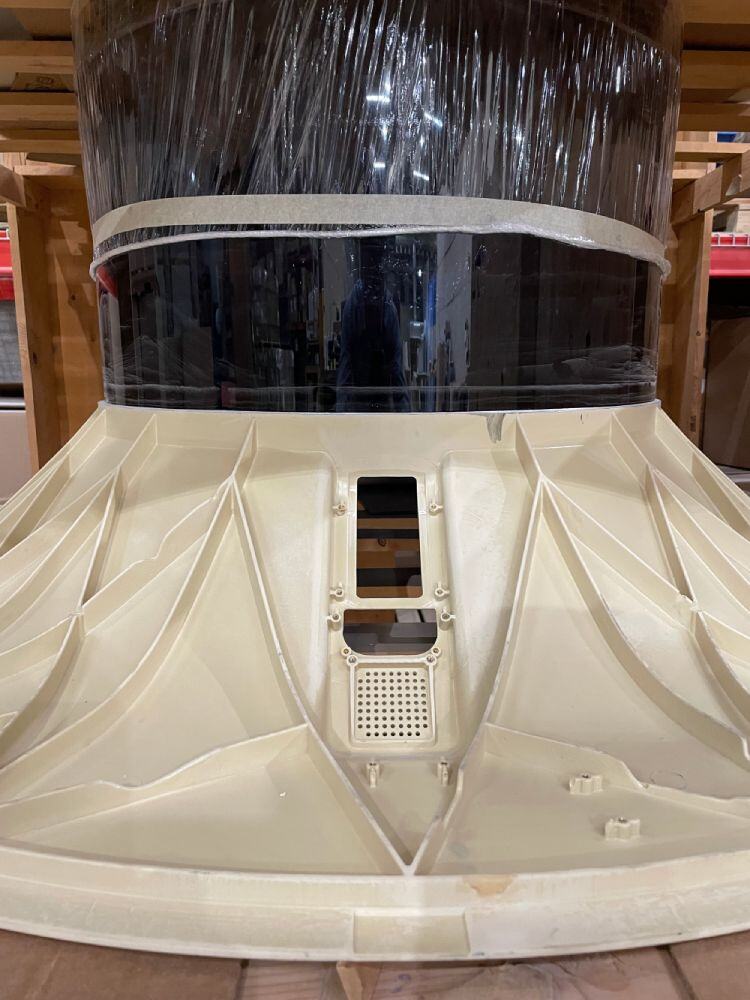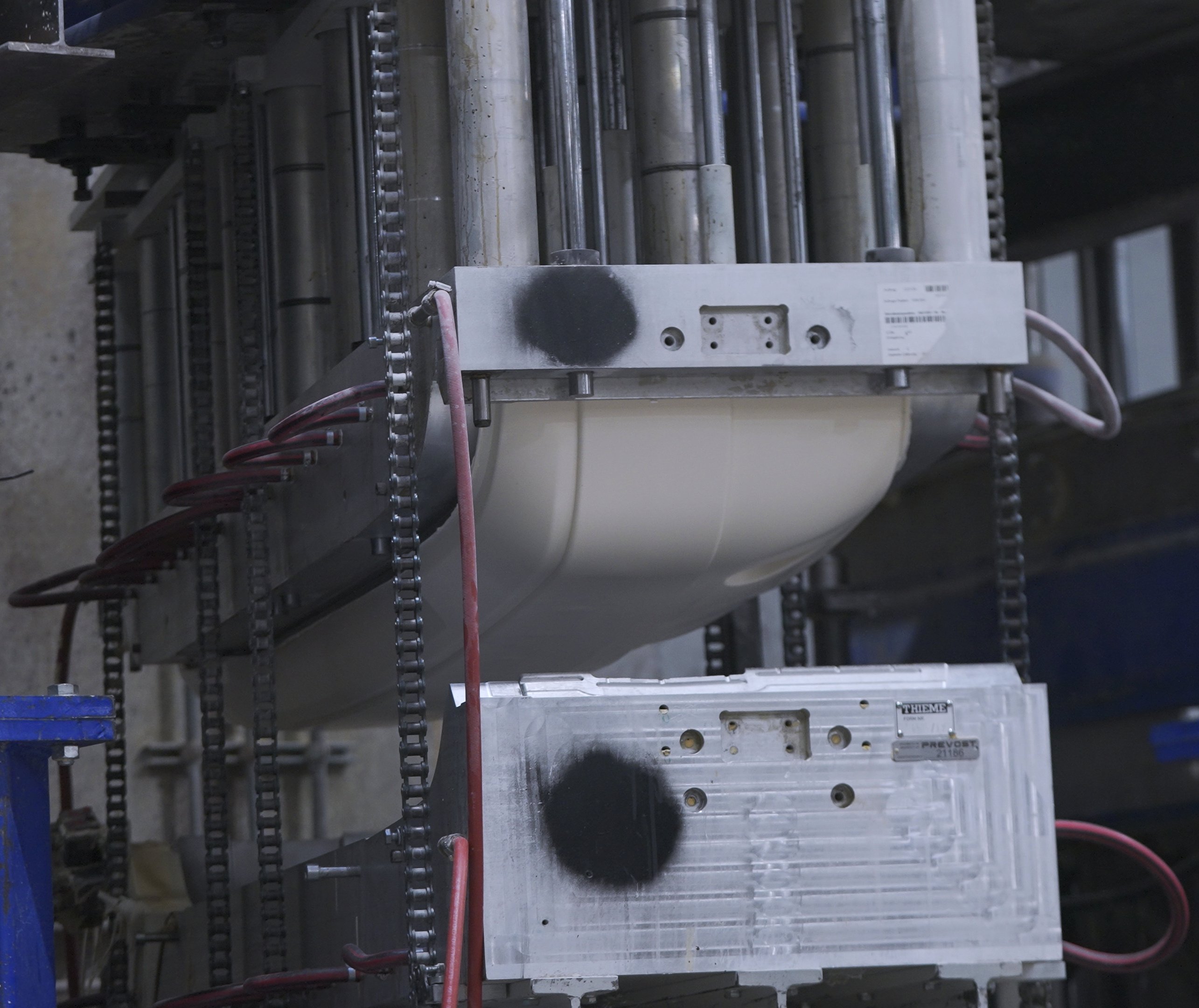Polyurethane Reaction Injection Molding
When you need lightweight, flexible, resilient, and durable structural parts that aren’t expensive to produce, polyurethane (PUR) is a choice many would recommend. This organic polymer is a highly-resistant elastomer that you can use to create some of the most intricate designs for an array of industries.
It’s formed in a polyurethane injection molding process with a slow cycle time and is perfect for lower annual production runs. It can help you achieve significant cost savings while helping you produce high-quality parts for a wide range of applications.
What Is Polyurethane Reaction Injection Molding?
Polyurethane injection molding can be used in a RIM (Reaction Injection Molding) exothermic process for creating structural polyurethane parts. It combines two reactant polymers that create strong thermoset polyurethane, which is much more durable than its thermoplastic counterpart.
How Does It Work?
The RIM process involves using approximately atmospheric pressure to pour two liquid reactants (a polyol and an isocyanate) into a specific mold, where they’re heated at a low temperature and cause an exothermic chemical reaction.
They start foaming and creating polyurethane, which fills up the mold cavity and takes its shape. Heat is then used to strengthen it, although the chemical reaction brings the polymers to the necessary temperature that helps cure the PUR part.
How Is It Different From Plastic Injection Molding?
Plastic injection molding involves heating and melting thermoplastic materials before pushing them with extreme force into a mold and cooling them rapidly to cause the hot plastic to harden and set.
Thermoplastic PUR can be remelted and reshaped, which isn’t the case with thermoset PUR. You can’t reheat and remold it because it remains irreversibly solid. That’s what makes it significantly more resilient and durable.
Furthermore, traditional injection molding has a fast cycle time, which is why it’s a better option for high annual production volumes. However, larger parts require more pressure, which calls for larger machines and higher costs. RIM uses less pressure, so it can help produce larger components at lower costs.
Benefits of Polyurethane Reaction Injection Molding
The RIM process offers several important benefits.
Lower tooling costs
Since RIM involves less heating and the material systems are not aggressive to the tool surface, RIM molds don’t need to be made of steel. Low-cost metals like aluminum can do the trick in the RIM process, thus reducing the overall tooling costs.
Low energy usage
Due to lower temperatures and very low pressures at the mold, RIM saves on energy and cuts down production costs. As previously mentioned, it doesn’t require larger machines (or tonnage) for bigger parts, so the overall machine costs are lower.
Lightweight yet durable parts
Reaction injection molding is ideal for producing lightweight parts that can last much longer than traditional plastics.
It can help you produce strong and durable components that are impact-resistant, heat-resistant, water-resistant, mar-resistant, and skid-resistant. They come with chemical resistance as well, which means that no chemical reagent can cause it to alter its original properties. In addition, many PUR RIM systems are UL 94 VO compliant.
Design flexibility
The exothermic reaction that takes place during the RIM process makes it possible to design any custom part you may need, with multiple wall sections and variable wall thickness, strength, and rib ratios.
Various surface treatments, such as silk screening, EMI shielding and liquid wet painting, are also possible, so improving the aesthetic of your item is no problem.
Common RIM Applications
Polyurethane injection molding has an array of applications across industries. Some of the most notable industries that rely on RIM technology include medical, scientific, automotive, manufacturing, heavy equipment, construction, transportation, and agriculture.
Typical RIM applications include:
- Housings;
- Panels and doors;
- Medical device covers;
- Electrical and electronic enclosures;
- Electronic and glass encapsulation;
- Carts (e.g., medical carts and water purification carts);
- Analytical machines (e.g., CT and PET scanners);
- Heavy equipment consoles;
- Car bumpers and bumper guards;
- Recreational vehicles;
- Structural parts.
At Thieme, we use cutting-edge RIM technology to design top-notch custom polyurethane products for a wide range of applications across industries. Our team of experts, who pack years of experience and unmatched expertise, can design high-quality parts for all your needs at competitive prices.
Contact us today to request a proposal and find out how we can take your production to the next level.




Post a comment